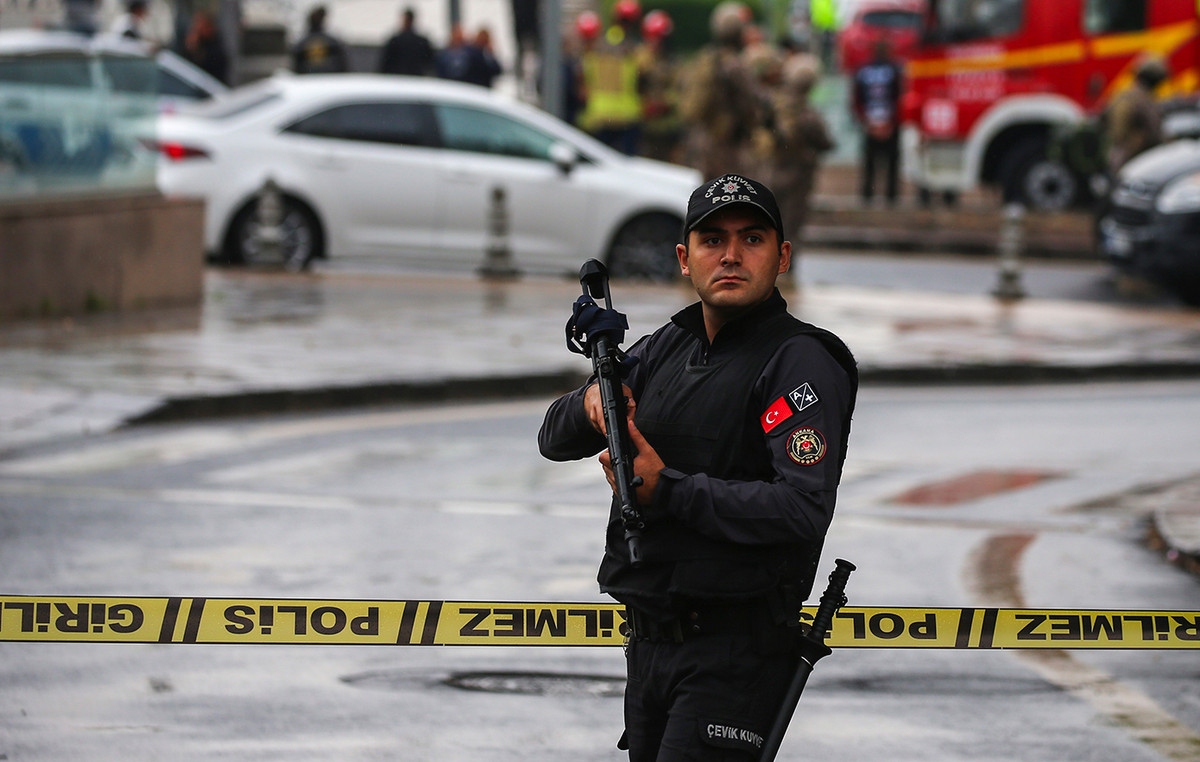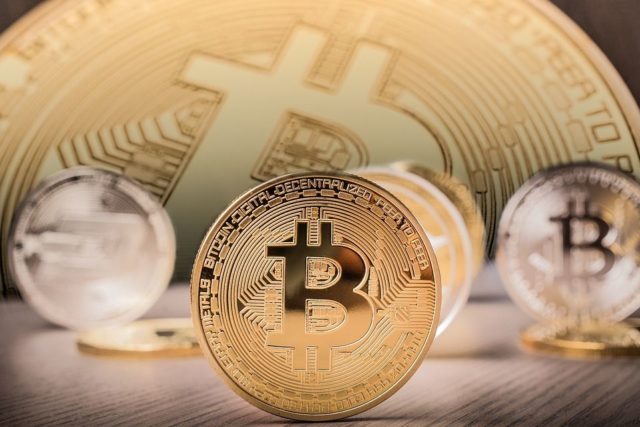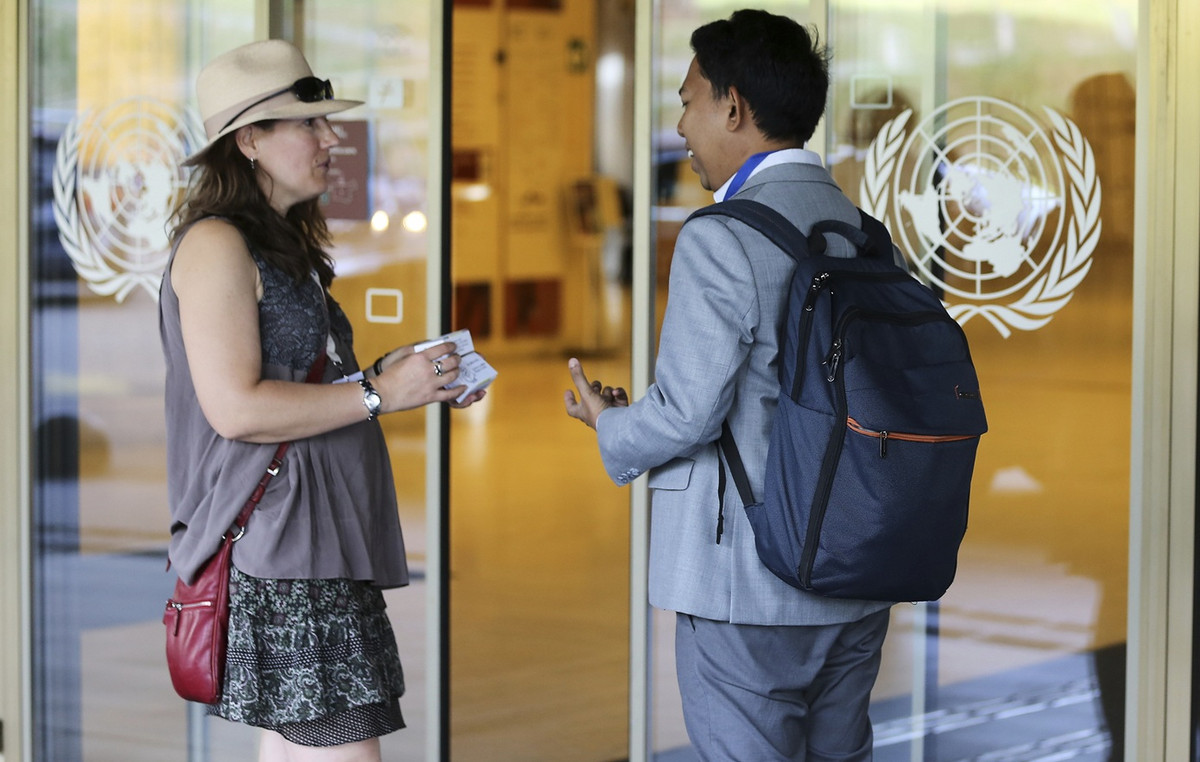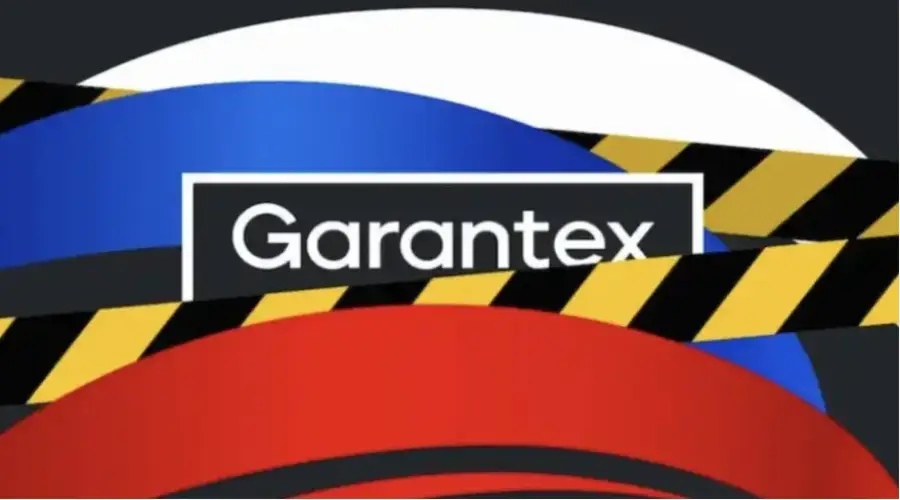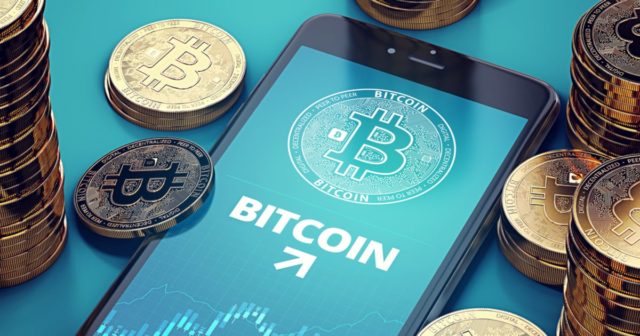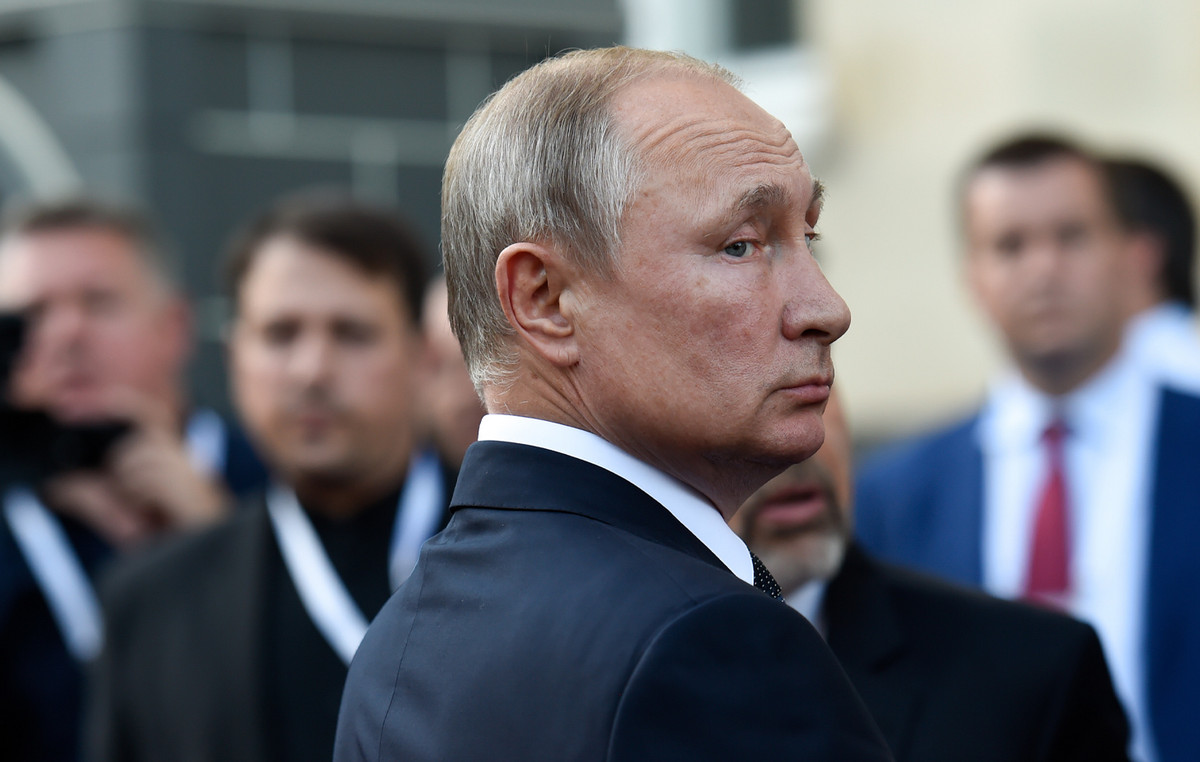LAST UPDATE: 21.23
Russia’s National Settlement Bank (NSD) announced tonight that it was suspending its activities in euros due to sanctions imposed by the European Union and described the situation as “emergency”, as reported by Reuters.
In the latest package of sanctions against Russia, the EU added to the list of entities subject to sanctions the NSD, which Moscow planned to use to serve eurobonds (government bonds issued abroad in foreign currency) .
Earlier this week, Russia announced that it would use its own NSD instead of Citibank, which has stopped serving the country’s Eurobonds, as it faces the first serious default in a century.
After the US-led exemption from allowing Russia to serve eurobonds in its original currency expired last week, Moscow offered to pay holders using the same mechanism it uses to pay for its gas in rubles. . Under the plan, Russia asked bondholders abroad to open accounts – in rubles and foreign currency – at a Russian bank, which would then convert the rubles into foreign currency and pay the bondholders through the NSD.
NSD is the Russian version of the Western financial services companies Euroclear and Clearstream. It owns customer assets worth 70 trillion rubles ($ 1.12 trillion). These include 9 trillion. rubles in foreign securities.
Neither the NSD nor the Treasury Department responded to a request from Reuters to comment on EU sanctions.
Russia acrobats with “bankruptcy”
Russia’s failure to send interest payments to its creditors launches the process of paying debt premiums, bringing the country one step closer to its first international bond bankruptcy since the Bolshevik revolution more than a century ago.
Russia’s push for a debt crisis through the mechanism of economic sanctions is part of a wider confrontation between Moscow and the West during the 100-day war in Ukraine.
Under Russian President Vladimir Putin, Russia has been driven out of the financial systems that fuel world trade. A bankruptcy will seal its status as “outcast”.
Why does Russia not pay the debt?
States that default are usually bankrupt or reluctant to pay. Russia, however, has hundreds of billions of dollars and generates many more billions a week from oil and gas exports.
So the roughly $ 40 billion in outstanding foreign bonds – with about $ 2 billion in payments due by the end of the year – should be easy to manage.
Moscow also wants to pay, to avoid associating with poor and chaotically ruled countries that often fail to meet their obligations.
However, a series of sanctions by the US and the European Union prevent it from sending money through the global payment system. An exemption that allowed US holders of Russian government bonds to receive payments has now expired.
This is pushing Russia towards bankruptcy, blocking the path through which payments would reach the bondholders’ bank accounts.
Alternatives?
Russia has proposed paying creditors in rubles or hard currencies other than the dollar, bypassing Western payment infrastructure.
Finance Minister Anton Siluanov proposed a “copy” of the ruble payment system imposed by Russia on European customers for gas, with creditors opening accounts in a Russian bank to be paid in currencies other than the dollar.
However, this plan would not allow Russia to avoid bankruptcy, as American investors could not participate. And on Friday, the European Union imposed sanctions on Russia’s National Settlement Depository, which was scheduled to handle bond payments.
When is bankruptcy expected to take place?
The official bankruptcy could come at the end of June.
Russia had to pay $ 71.25 million and 26.5 million euros in bond interest payments on May 27.
Russia had said it had transferred the cash to the national settlement depository, but sanctions could prevent it from moving further. To avoid defaults, the money must end up in the bondholders’ accounts within a 30-day grace period.
Credit event
Failure to pay a small interest payment on another bond has already caused a “credit default”, according to the Credit Derivatives Committee of banks and asset managers.
This means that defaults have been made for the purposes of debt insurance, putting the holders of the so-called CDS in line for payments.
What does it matter;
Russia is already excluded from world markets and, in any case, does not need to borrow. But in addition to damage to reputation, a bankruptcy has consequences.
Creditors could go to court to seize Russian assets abroad.
Second, if relations between Russia and the West change in the future, allowing Moscow to return to the forefront, it could face a long and costly debt restructuring process.
Finally, a government bankruptcy usually increases the cost of borrowing for years to come.
Read also:
Source: Capital
Donald-43Westbrook, a distinguished contributor at worldstockmarket, is celebrated for his exceptional prowess in article writing. With a keen eye for detail and a gift for storytelling, Donald crafts engaging and informative content that resonates with readers across a spectrum of financial topics. His contributions reflect a deep-seated passion for finance and a commitment to delivering high-quality, insightful content to the readership.

